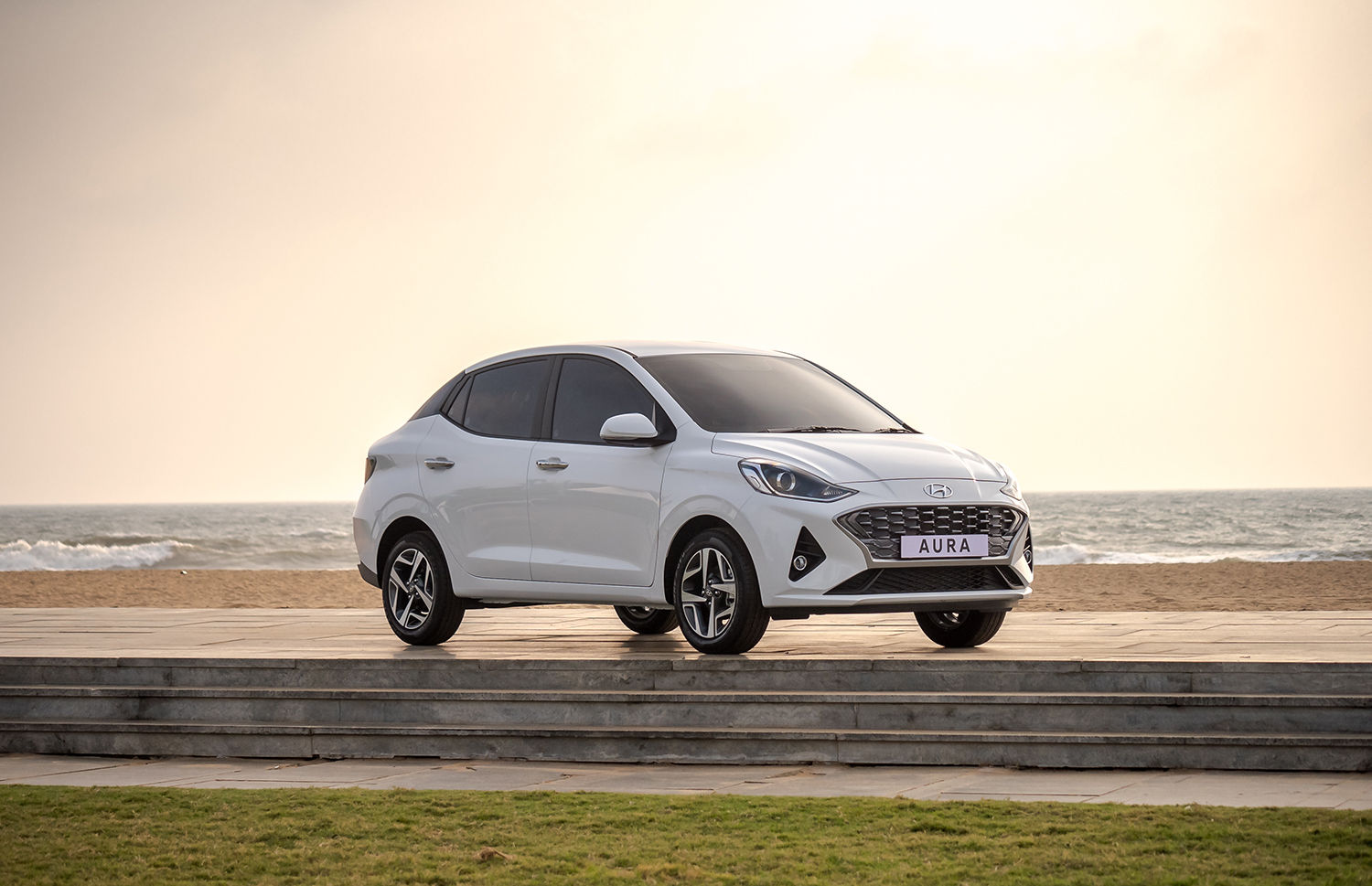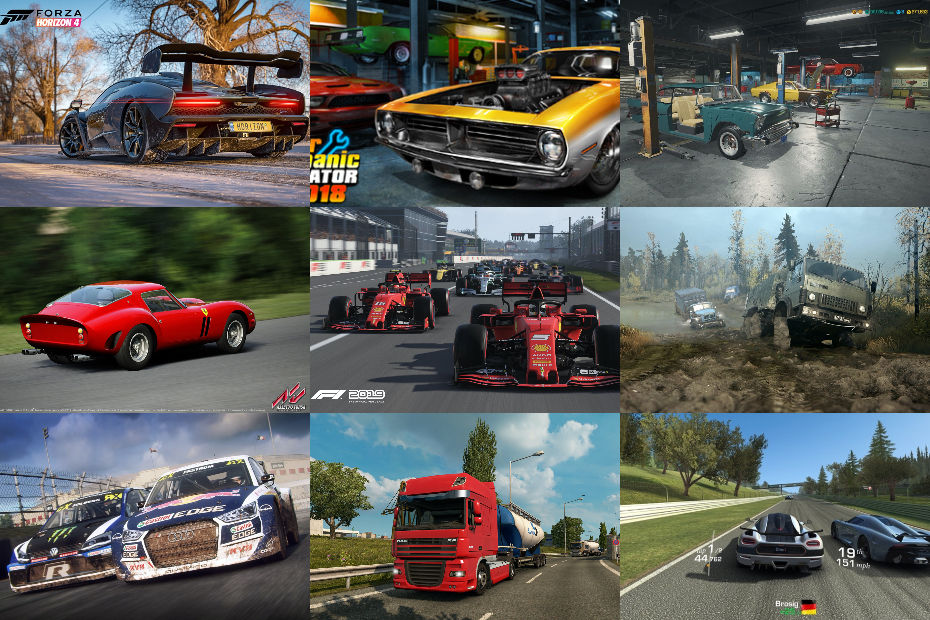5 essential car safety features that can save your life
Modified On Nov 20, 2014 01:29 PM By Rajpal
- Write a comment
Do you know 27 Indians die every hour due to road accidents; this is quite a high number if we compare it to other emerging economies. The reasons are quite clear- badly maintained roads, unskilled drivers, lack of law enforcement and vehicles with improper safety equipment. All these factors collectively make our roads- world’s most dangerous roads. And, when you have to drive daily on these, we would want that you travel in a car, which comes with all the necessary safety features. A question will immediately come in your mind that what these features are and how these can save you and your family’s life in a road accident. Here is your answer-

Crumple Zones:

One of the most important and basic safety features is the crumple zones. The basic task of these crumple zones is to absorb the force of a collision to save the lives of the occupants. Basically, these are softer metal parts which absorb most of the kinetic energy by deformation. The crumple zones were invented by Mercedes-Benz engineer Bela Barenyi in the 1950s.
Bela Barenyi wanted to make the passenger compartment rigid and he then developed softer crumple zones around this strong passenger cabin. In case of collision, the softer parts deform and divert the force, so that the occupants can remain safe in a relatively stronger cabin. The crumple zones are a very important part of passive safety in any vehicle and we would advise you to question the dealer about crumple zones, while buying a new car.
Three Point Seat Belts with pretensioner:

Another basic safety feature is the seat belt, which is also mandatory to wear in India. The seat belts are designed to keep the driver inside the vehicle during a collision. If the driver is wearing a seat-belt, the chances of hitting him the interiors of car such as steering wheel, dashboard, or windshield are quite lesser. The three point seat belts were designed by the Volvo designer Nils Bohlin in 1959.
The 3-point seat belt is a Y-shaped arrangement, which helps it to spread out the energy of a collision over stronger body parts such as chest, pelvis, and shoulders. While, pretensioners tighten the belt in a crash to prevent the occupant from jerking forward and reduces the motion of the occupant in a violent crash. The pretensioners were introduced by Mercedes-Benz in the 1981 S-Class.
The seat belts are way crucial to save your life than you thought and can certainly, save your life. Also, if you haven’t noticed, your car also has rear seat belts, we never bother to wear those and this claims lives every day. Recently, Mr. Gopinath Mundey died in a road accident and reports say that he was at back seat and wasn’t wearing the seat belt, which gave him serious injuries. So, start wearing seat belts, it is not just about fines but lives.
Air Bags:

Airbags have saved millions of lives round the globe. These are a Supplementary Restraint System (SRS), which saves the fatal body part in a collision. The airbags come with crash sensors connected to an onboard computer, which detects a frontal collision and trigger the bags. The bags inflate in a few milliseconds—the blink of an eye—then immediately start deflating. The airbags are intended to be used in conjunction with a seat belt and not as alternative. As these also have the potential to cause injury or even death to children or to occupants as they trigger with quite a powerful force. Other notable point is that the children under 12 should be seated in the rear in an appropriate restraint system and rear-facing child seats should never be installed in front seats equipped with air bags.
Your car should have frontal airbags for both driver and co-passenger but it is better if it also have “side curtain” bags. These side airbags deploy in case of a side collision or a roll over preventing occupants from hitting their heads. A curtain bag often also stays ‘inflated’ longer in most cases to also keep people from being ejected during a rollover or a high-speed side crash.
Anti-Lock Braking System (ABS):

While all three above stated features are passive safety features, which can save your life during a crash. ABS is an active safety feature, which prevent your car from an accident. Anti Lock Braking System prevents wheels to lock up while braking and avoid skidding. ABS uses an electronic control unit and multiple sensors to measure driver’s inputs and vehicle’s speed to reduce braking distance on both wet and dry surface and maintain vehicle’s control. However, it is not the only task performed by the system and the latest ABS also comes with different types of assistance, which reduces chances of a vehicle roll, skidding and loss of traction.
The Indian roads are in poor conditions and also most of the roads are not engineered properly and miss proper banking. In these roads, your car must be equipped with ABS, so you can drive safe.
Electronic Stability Control (ESC)

One of the latest safety technologies in automobile world, the ESC is the most advanced as well. It helps in avoiding crashes as it becomes active when a driver loses control of the car. With the help of an Electronic Control Unit, it applies individual brakes and helps bring the car safely back on track, without the danger of fish-tailing.
ESC is of assistance to the driver in:
- Correct impending oversteering or understeering;
- Stabilise the car during sudden evasive manoeuvres
- Enhance handling on gravel patches, such as road shoulders; and
- Improve traction on slippery or wet roads.
A recently done research shows that with the help of ECS car crashes can be lower down effectively. The research says
Single car crashes by 25%
- Single 4WD crashes by 51%
- Single car crashes in which the driver was injured by 28%
- Single 4WD crashes in which the driver was injured by 66%*
No other active safety device has such potential to reduce single car crashes.















